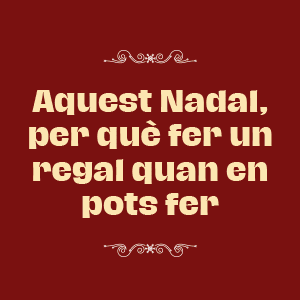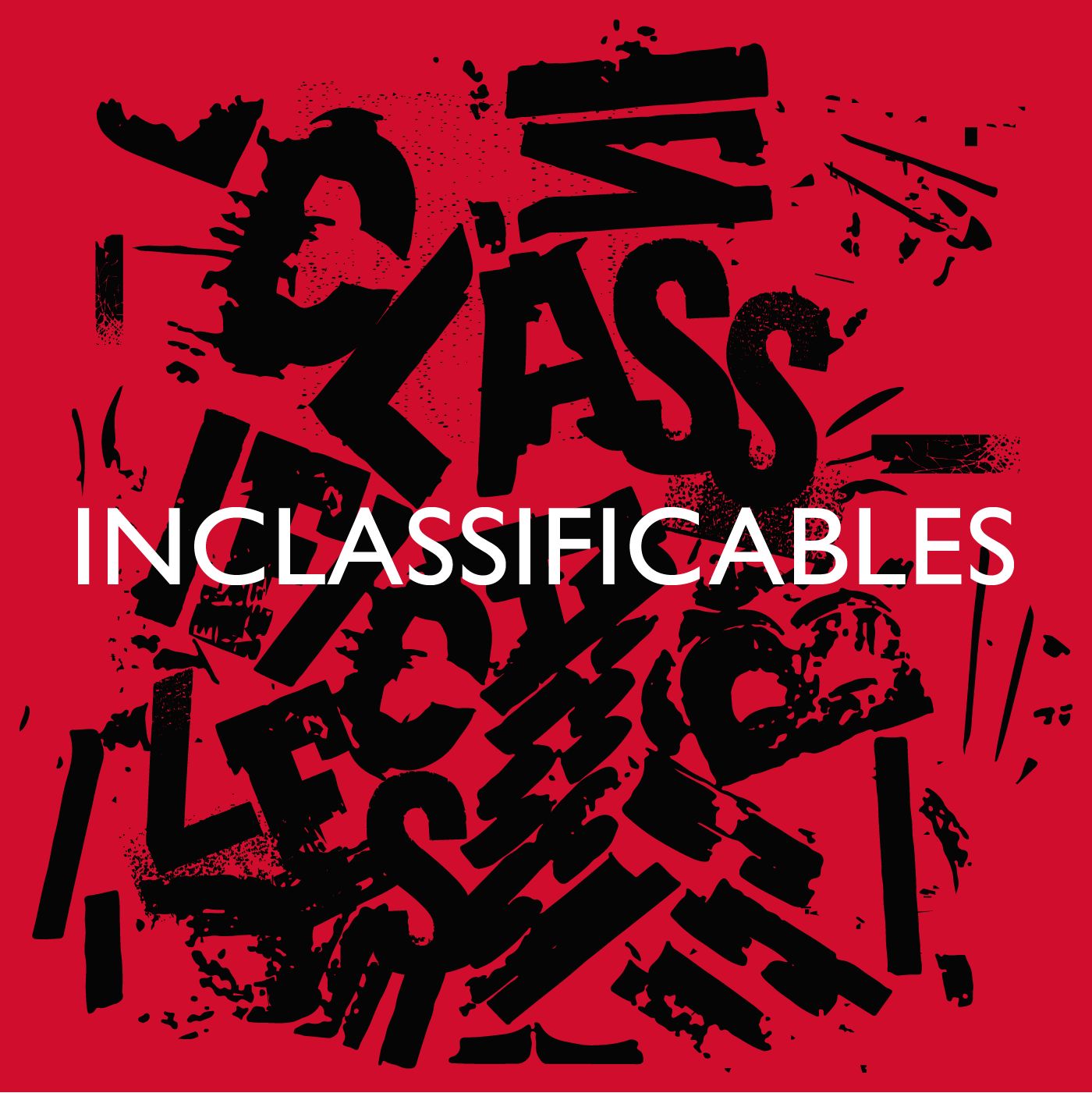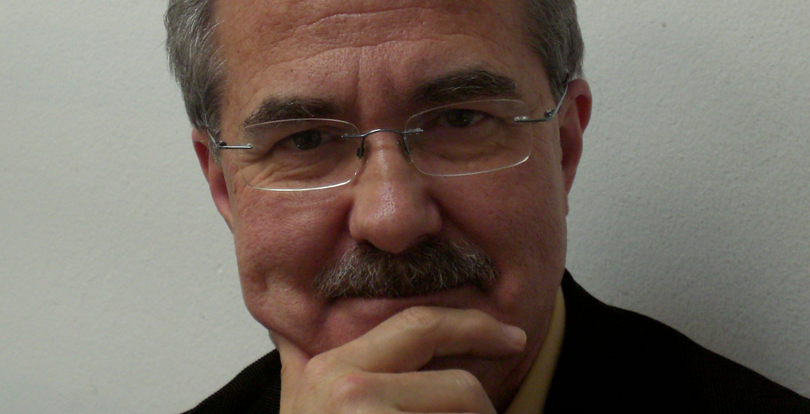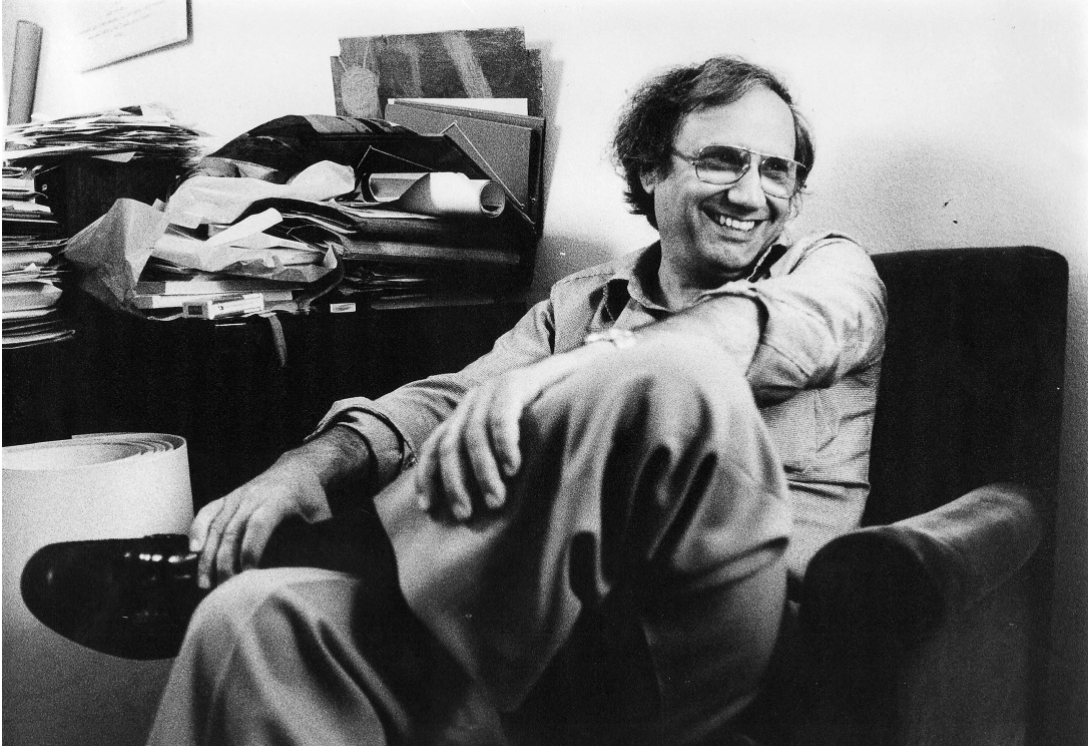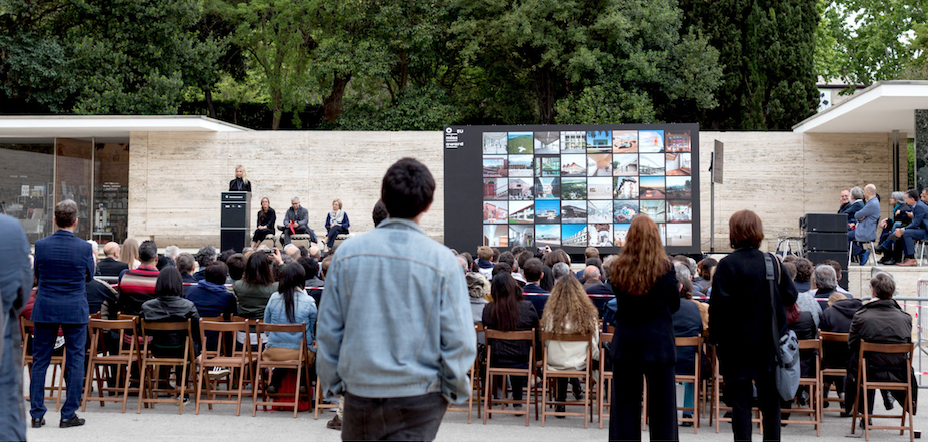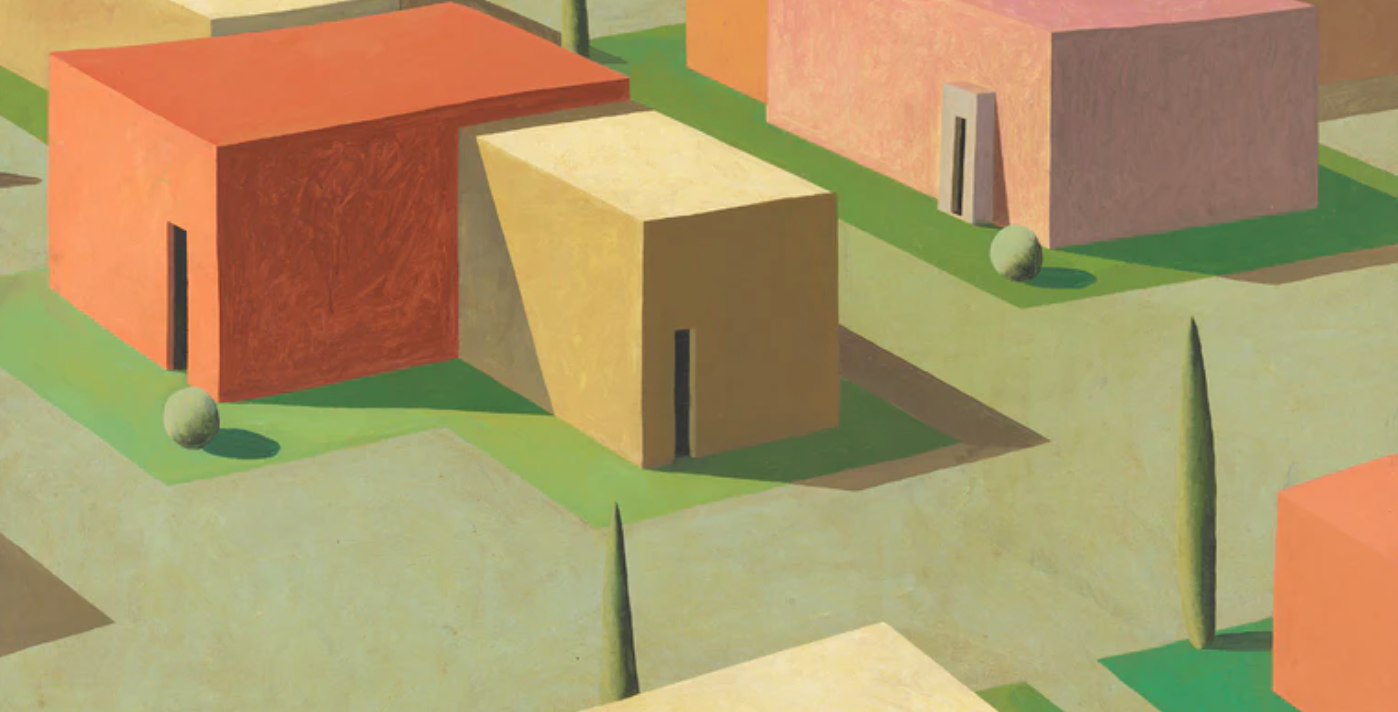interviews
Interview with Salvador Sunyer, Director of the Temporada Alta festival
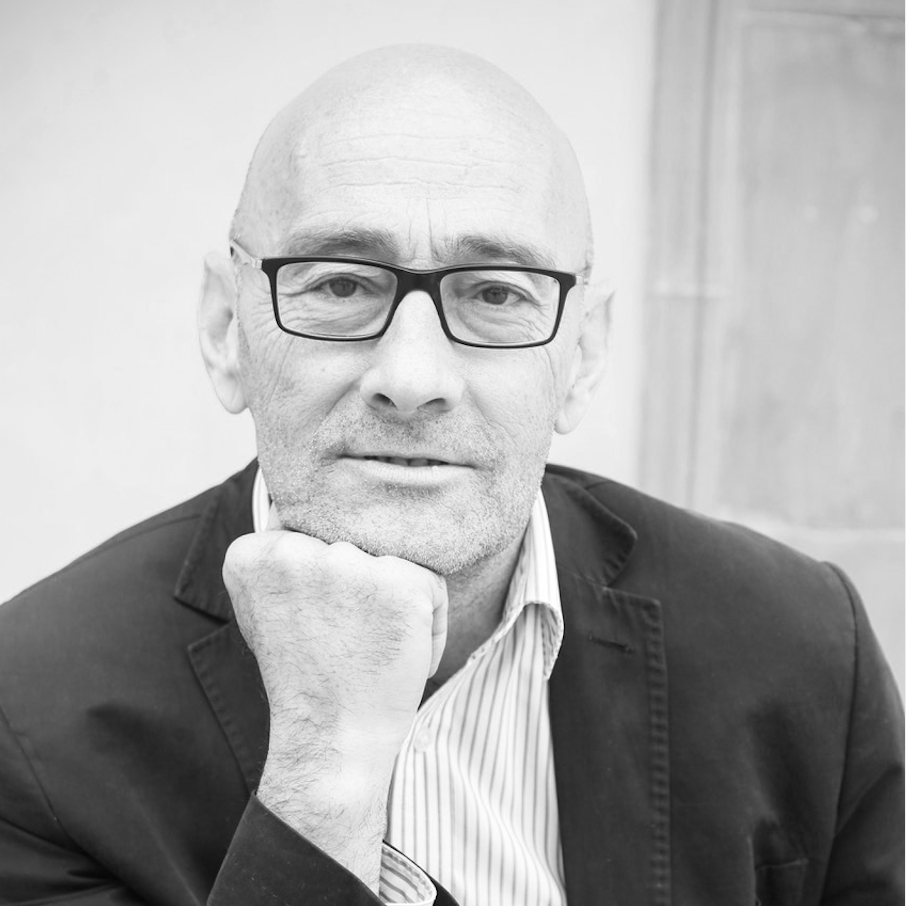
Salvador Sunyer Bover (Salt, 1957) is a Renaissance man of action, with a soft drink always by his side - to raise the sugar of diabetes - and who can go unnoticed when he often visits Bookstore 22, buys at the León market or he travels with his half-rolled motorbike up and down, from the old town of Girona to Salt, where the headquarters of the Bitò production company are located. The company he founded in 1991 with Josep Domènech i Xicu Masó is located in the Teatre de Salt, a building formerly called Can Panxut; the first place I saw theater from a very young age. With this motorcycle up and down it looks like the artist Enric Ansesa, the man of the blacks and another of the great Catalan creators. It is worth mentioning that before meeting Sunyer Bover, I met several times at poetry meetings in Les Bernardes de Salt with his father, the writer and politician Salvador Sunyer Aimeric, a person who breathed peace and also humanity everywhere.
A lover of culture and the arts, Salvador is a hyperactive man with the ability to interconnect universes and capture and identify talent. In addition to having all kinds of recognitions - art criticism awards, National Theater Award, Butaca Award… - he has been one of the promoters of the Municipal Exhibition Halls of Girona (the foundations of what has ended up being the Bòlit, Art Center) and having converted, at the time, the La Mercè Cultural Center into a small Center for Contemporary Culture in Barcelona in the Girona area; In addition to bringing the series of talks by the writer Jordi Llobet to Girona - and tutored by the programmer Josep Maria Clavaguera - they were a delight and introduced me to one of the contributors to this magazine, Luis Antonio de Villena, talking about Oscar Wilde.
But we continue. When he founded Bitò Produccions, they also had to dedicate themselves to publishing books (the bitó of the graphic arts) but they ended up “editing” the performing arts in a transversal way. In 1992 he started the High Season - it was the year of the Olympic fever - and now we are celebrating its 30th anniversary. The presentation of this very special edition took place at the Teatre Municipal de Girona with a full and proud audience to see how this creative, communicative and informative artefact had become something huge, a reference in southern Europe. and with international transoceanic circulation. A simple and effective event that emphasized the current programming, the transversality and that ended with a shocking video art that one of his children articulates, year after year, with success and transgression. It's a pleasure to talk to him and I do it in the first person, because I wouldn't understand doing this interview with a "you" in front of him.
In the book Praise of Madness, Erasmus says that madness is the engine for moving the world; Freud would say that the drives of love and sex. Thirty years of the High Season, from Salt al Món… There must be something crazy about it, right?
Well, there are two things: we are from Salt. But we were born in Girona. Now we have bicephaly Salt / Girona, Girona / Salt. Seen from now on, it looks crazy; but seen since then, no. We didn't say, "We're going to have a big festival!" But we said, "We're going to do a big schedule, which we're going to review every four years." Our goal was to put a little madness every four years, but not one that was unfeasible. Although I do admit that we have had many failures, like everyone else! There is a part of madness and another part of elbows.
Sometimes there is this myth in the world of culture, that little is worked on and people have more fun. Perhaps ignorance is very daring .
There are many hours behind any cultural and artistic preparation. It has been very difficult to get on with, but in the end, it is a job you enjoy, you can't complain.
In 1996, the poster was commissioned from a visual artist. The first was that of Leonard Beard. Then, in 2003, there was a collaboration with Ferran Adri and the photographer Francesc Guillamet. But the cast is top notch: Antoni Tàpies, Carlos Santos, Àngel Jové, Perejaume, Manel Esclusa, Toni Catany, Antoni Llena, Eugènia Balcells, Francesc Torres, Antoni Miralda, Jordi Colomer, Frederic Amat, Eulàlia Valldosera, Santi Moix, Joan Fontcuberta, Evru, Carmen Calvo… and the current one, by Pere Noguera. What are the guidelines and criteria?
Creators who reflect our spirit of risk and mix. And when we commission them, we never limit our creativity. We do not condition. Basically, everyone does what they want! It is never what they will do. It is the guiding principle. There is an anecdote about this with Antoni Tàpies. I called him and he didn't know if he would accept. And when I went to see him, it turned out that I had everything ready and done. It was a surprise and I will always be grateful to him, then we stayed for a long time talking.
Your vital relationship with the arts and contemporary art is a constant as we see it with the subject of posters, for example. In the High Season it could not be less. From the Antoni Tàpies logo, the 2008 poster reconverted into an emblem, to the dimension that the festival takes on, markedly transdisciplinary.
I think it’s the arts, which are increasingly interrelated. When it comes to labeling a show, it's getting more and more complex. What do you put in it? Theater, circus, music, experimental cinema, installation happening… What does it mean? Well, the mix is very general. In a performing arts festival related to art or film, it’s important to have a mix. And we have a powerful basis: contemporary creation. The festival is basically performing arts but has branches in all directions. There are no borders between languages and therefore it is explained that there is from Albert Serra to Cabosanroque through the most contemporary flamenco. In addition, it should be noted that citizens are increasingly permeable to other languages that are not so comfortable. I believe that the citizen has a greater tendency to play in various languages.
One of the issues is whether or not things are too cryptic, convoluted. And does risk need extra pedagogy? If we do not do this task is it difficult to reach new citizens?
It has been a long time coming to understand that what no one understood was very good. There are things that no one understands that are very bad and others that everyone understands and are very good. The important thing is to try to get people to find the keys to what is most contemporary. If you go to a show for the first time and they put the most contemporary thing on you, you won’t understand. People enter the art world for something that is understandable to them. The job of the programmer is to go up the steps year after year. Because then you find that a lot of people now have access to what was impossible years ago. When you are an artist, in the field you want, what you want is to reach as many people as possible. Another thing is that neither the artist nor the programmer wants it, which is that you don't always have to give people everything they want. You always have to give him more than he wants.
On what people want, we have long been quite or very conditioned by what is politically correct. In a conversation I had recently with the filmmaker Albert Serra, he complained that if you make creations without “any” social background, it seems that you are being banal and you are not interested in the environment. As if art and creation had to be justified.
I largely agree. There has been and is in recent times a very powerful tension in the social sphere to make visible issues such as climate emergencies, inequalities, feminism ... and art is an extraordinary vehicle for doing so. But in no case can we capture this radicalism of contemporary avant-garde thought or have to justify making art that does not explain social problems. I also think that this is an issue related to the fact that it seems that the Culture budget is always easier to criticize and cut in the face of other areas and that social coverage can be a balm. But that can be a mistake. What we have done in this area is create the Invisible City Foundation in 2013 (with reference to the emblematic book by Italo Calvino). One of the core axes is to emphasize the promotion of social and educational programs to bring the performing arts closer to young people and people at risk of exclusion, one of the latest collaborations with the Fundació Catalunya-La Pedrera and the Fundació Girona Est, created by a group of businessmen from Girona.
Speaking of budget. Is the public-private relationship complex?
It is not easy, because we come from a model in which the administration has had a lot of economic and structural weight and private agents were just born. Sometimes the private sector has been understood as a rival whose name is to seek profit. This is not the prerogative of those of us who work in this industry. These logics are relaxing but very often it is a matter of people. Excessive bureaucracy has not helped us or the institutions either. Also from the Invisible City Foundation we are providing the points of contact between cultural agents and the business sectors, which often need translators and advisers to get closer to the cultural fields. Although we have a country with a long tradition of patronage.
At the 30th anniversary presentation you talked about the future. How do you see it?
With a lot of enthusiasm, because we have a great team, a lot of ideas, people who are already doing tasks that we did more directly and, as you can see, everything continues to work perfectly. Generational shifts are inexorable, in addition to a duty.


